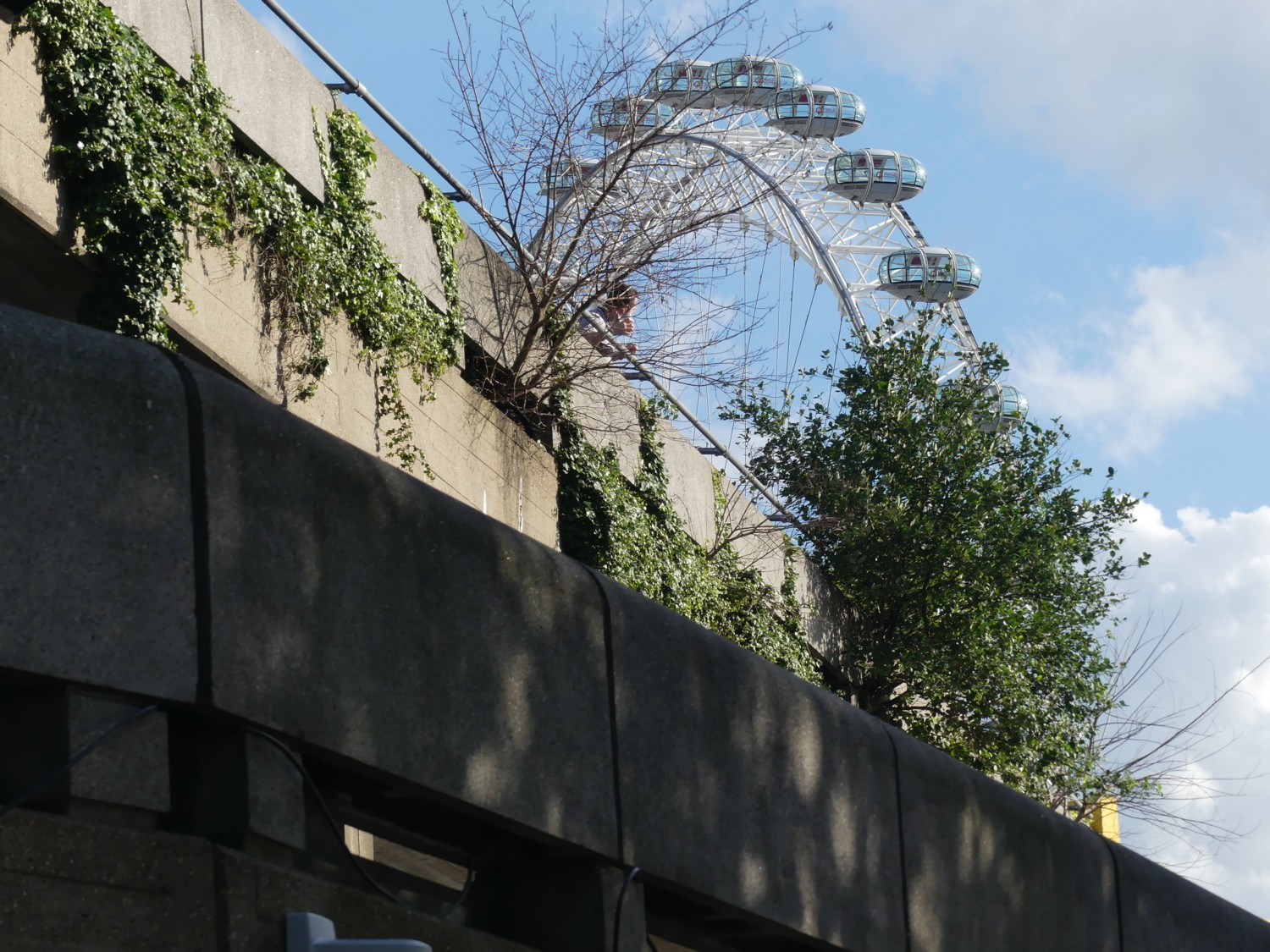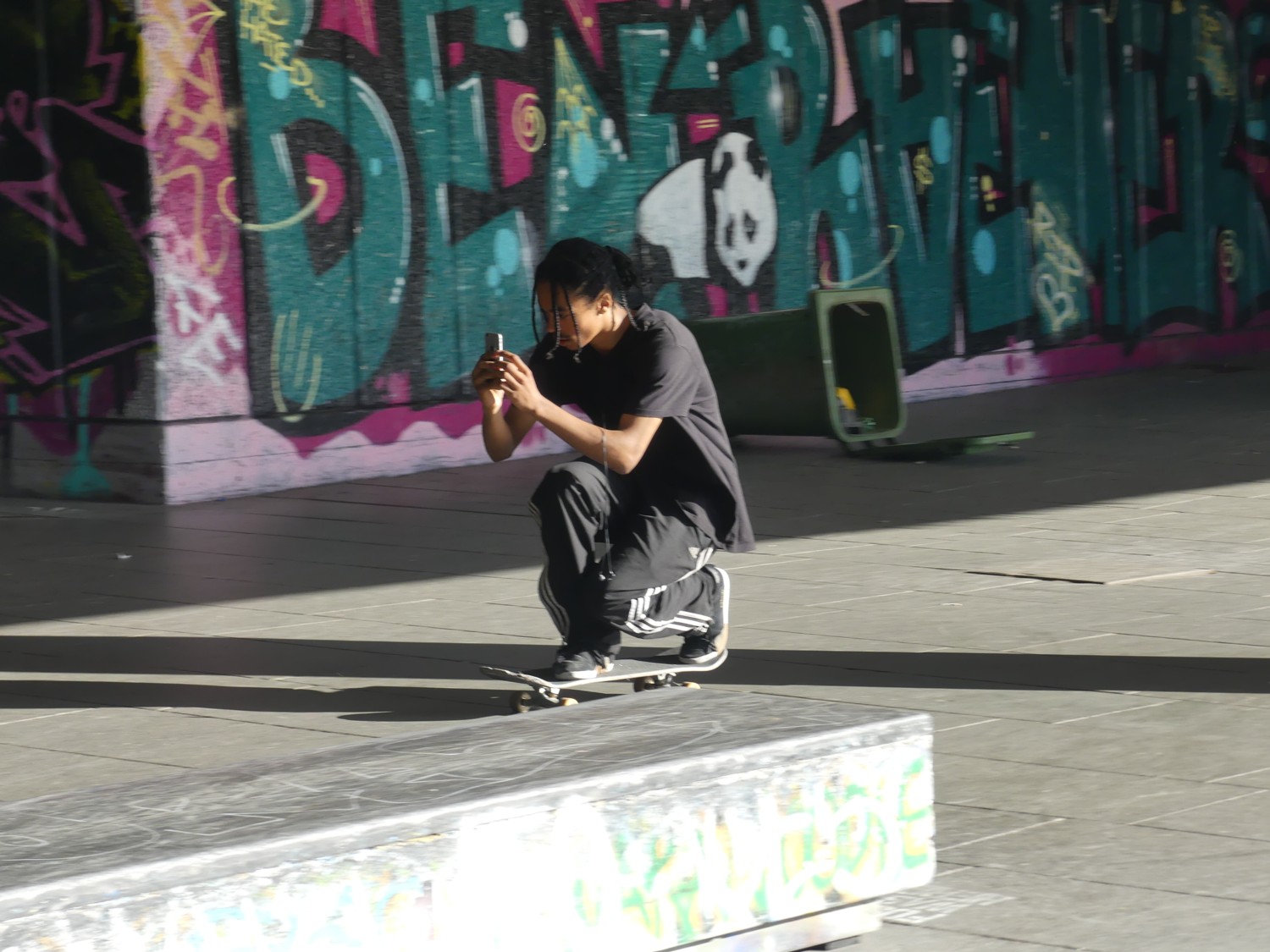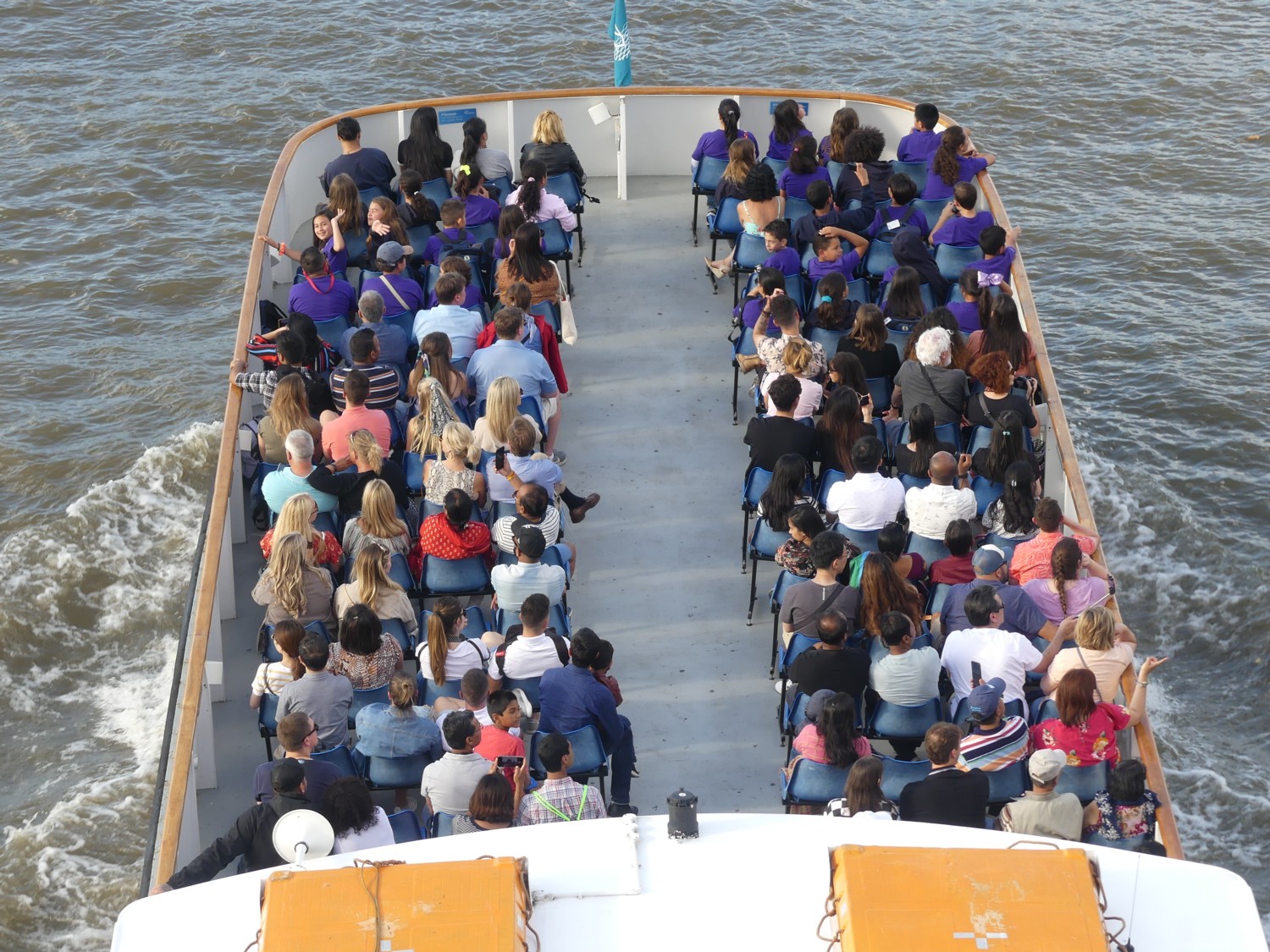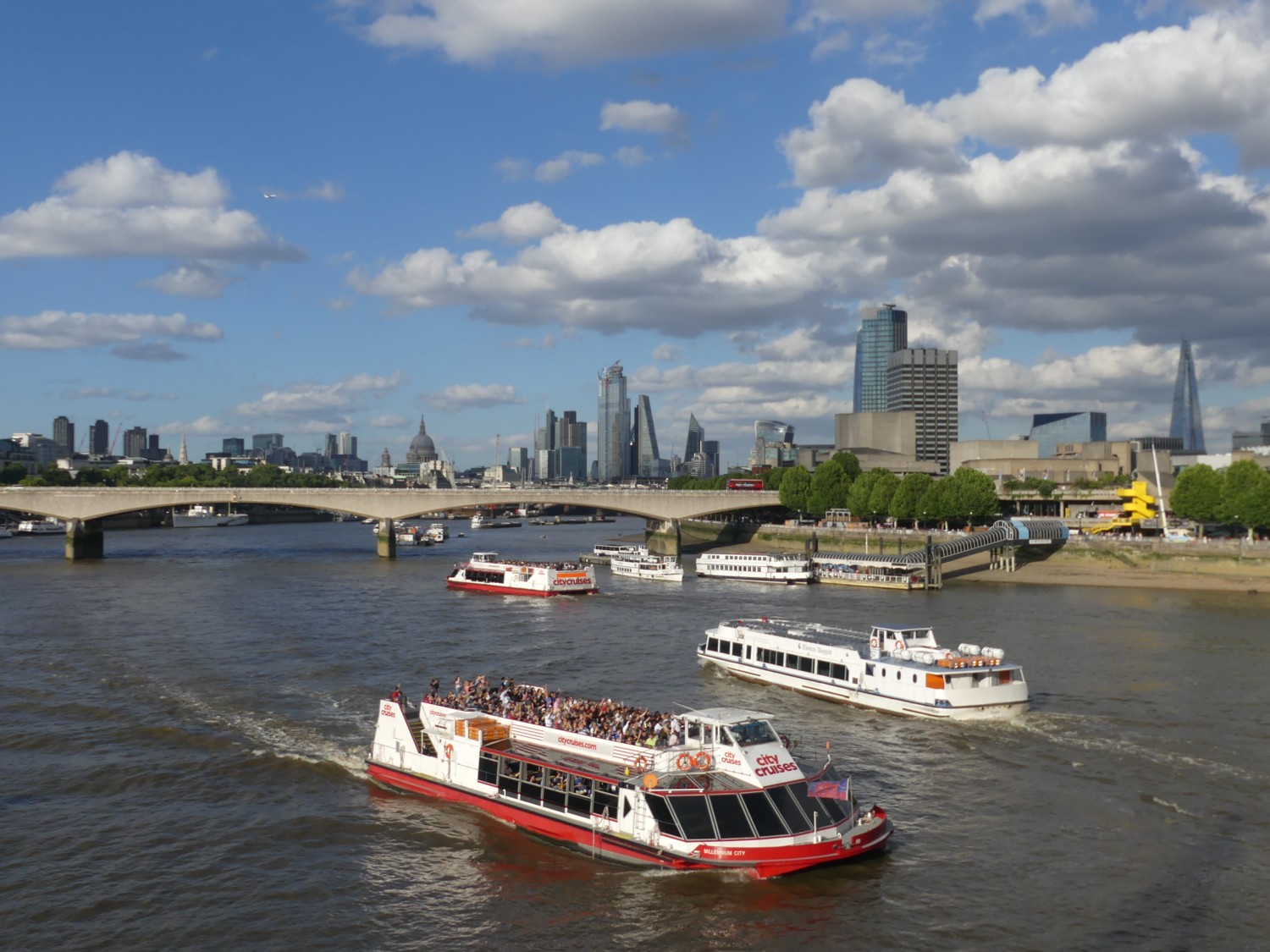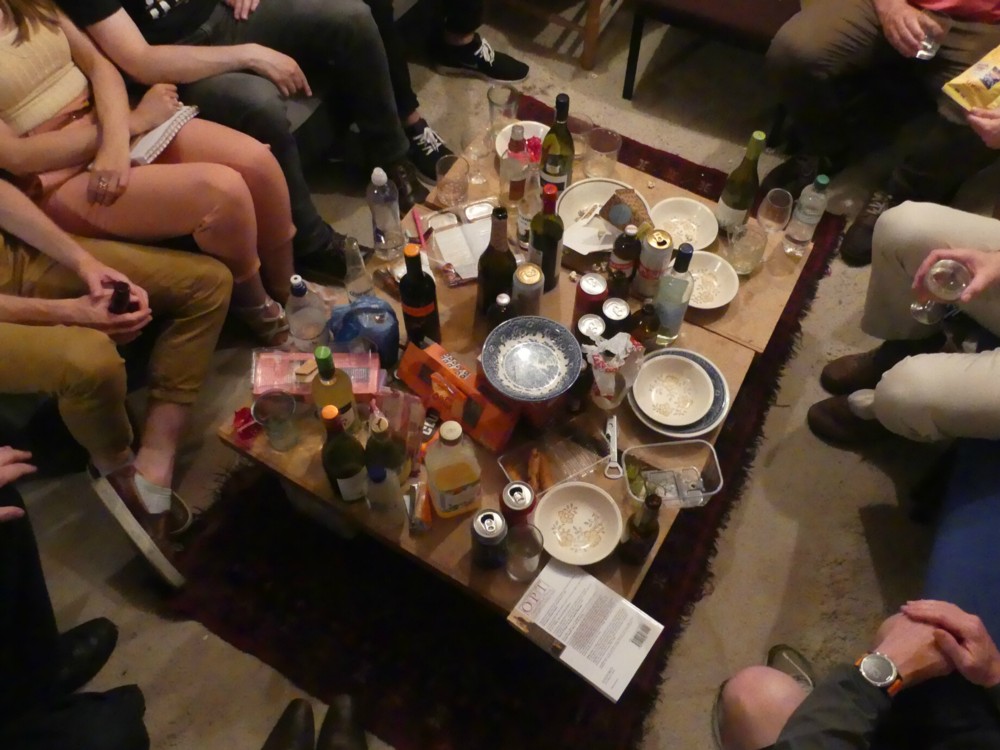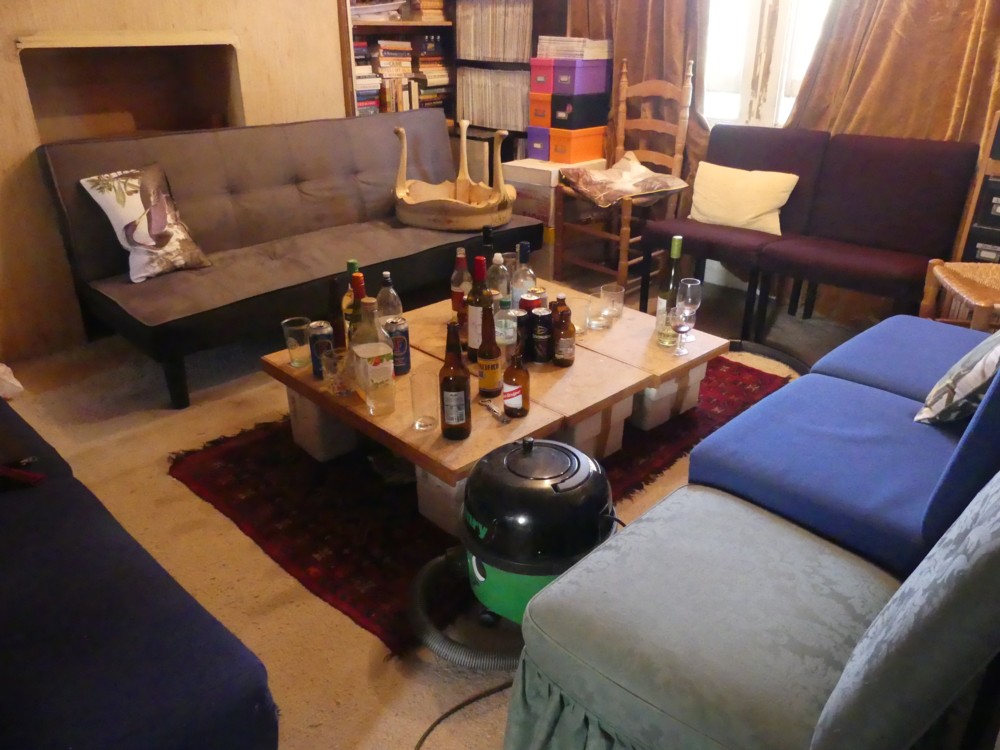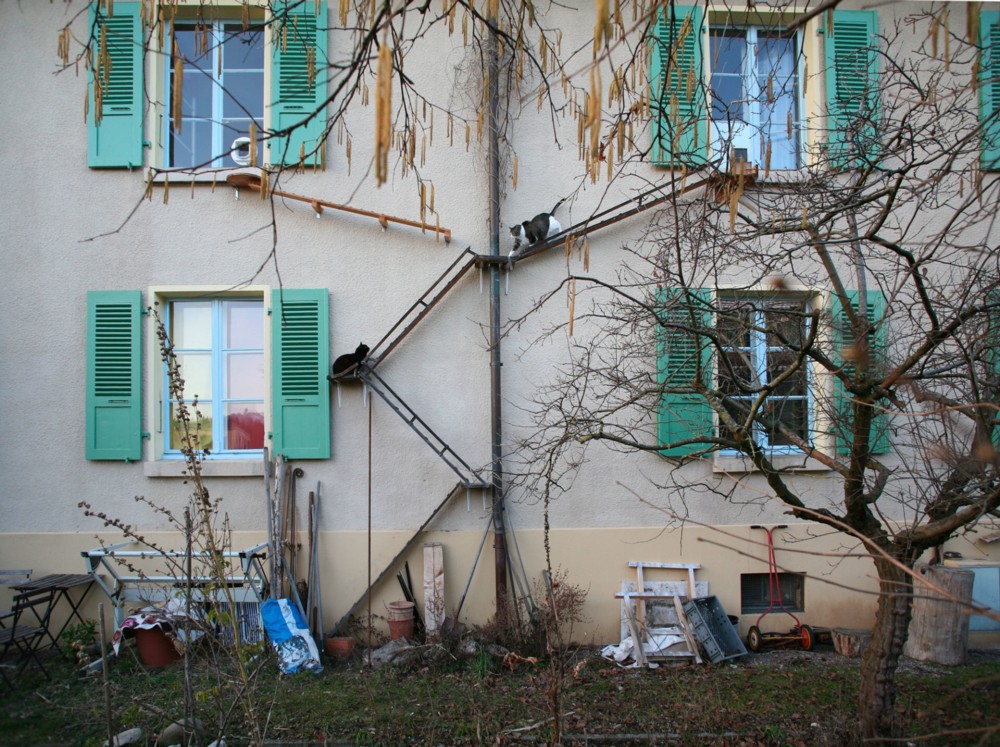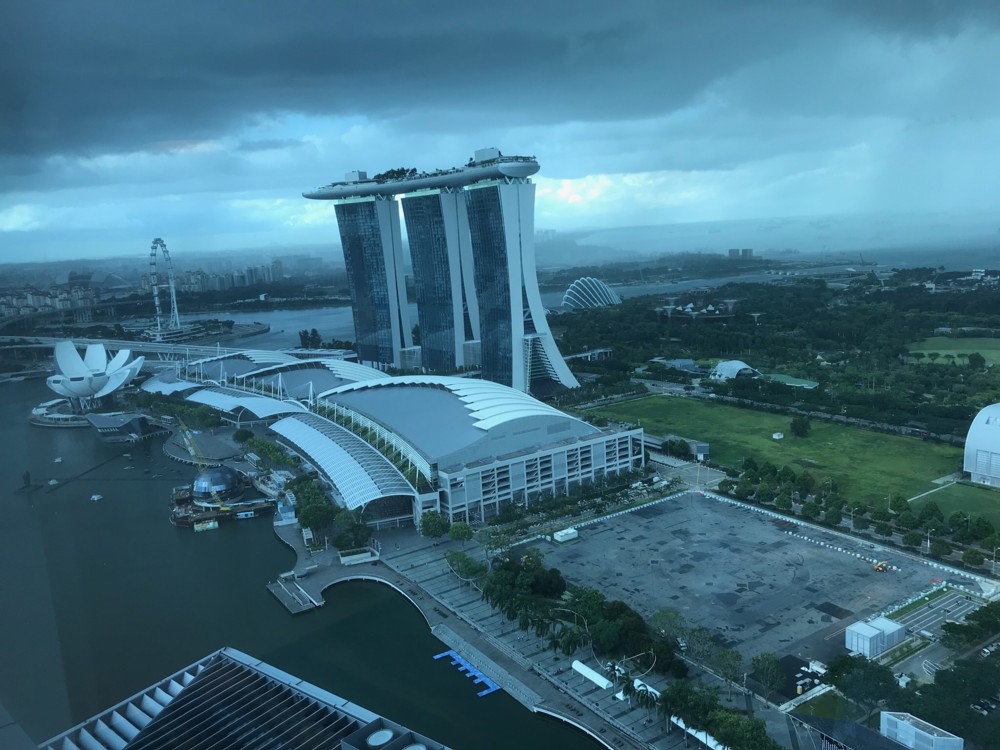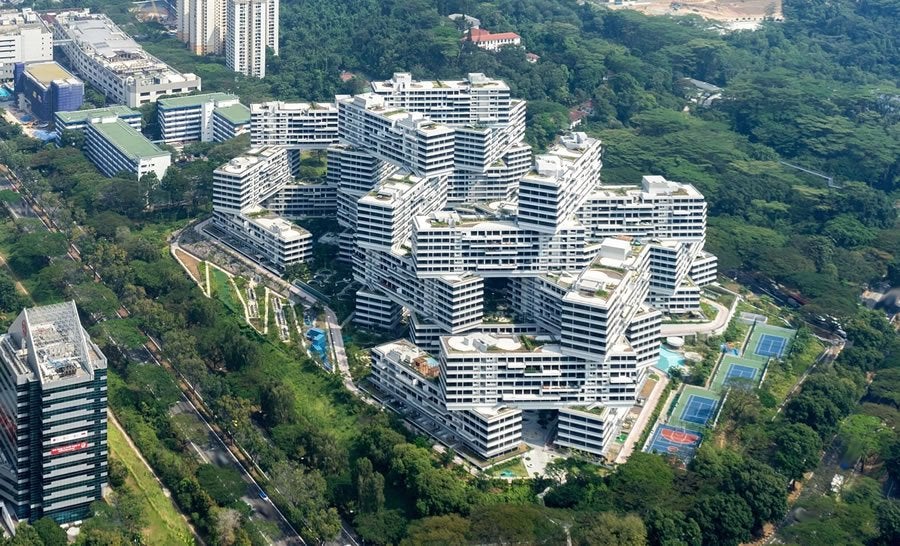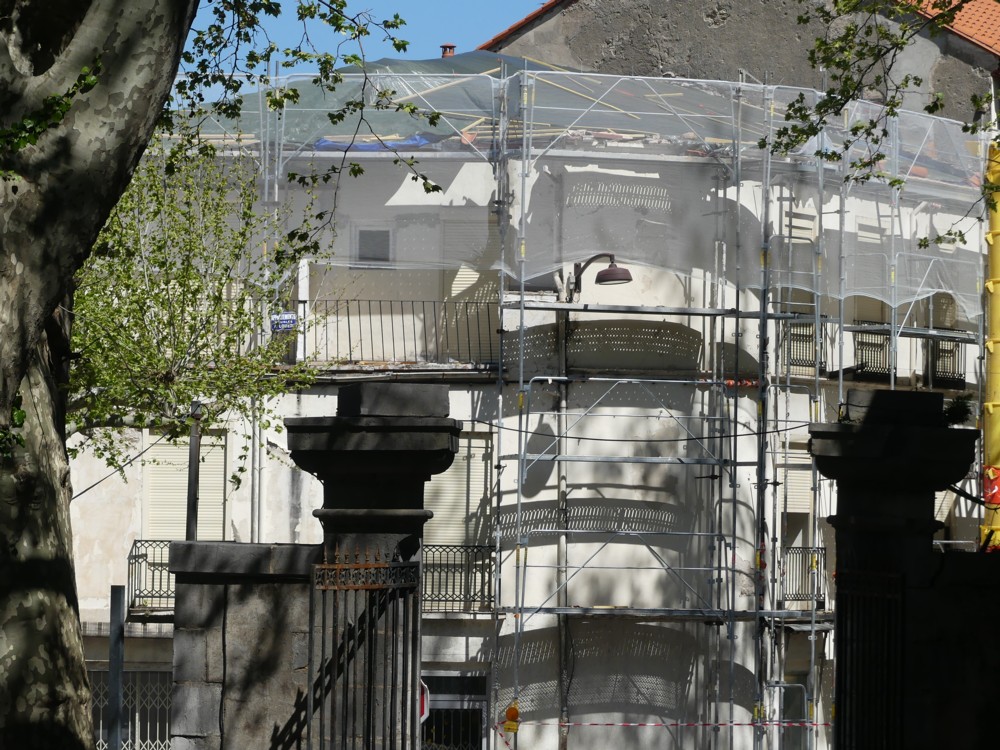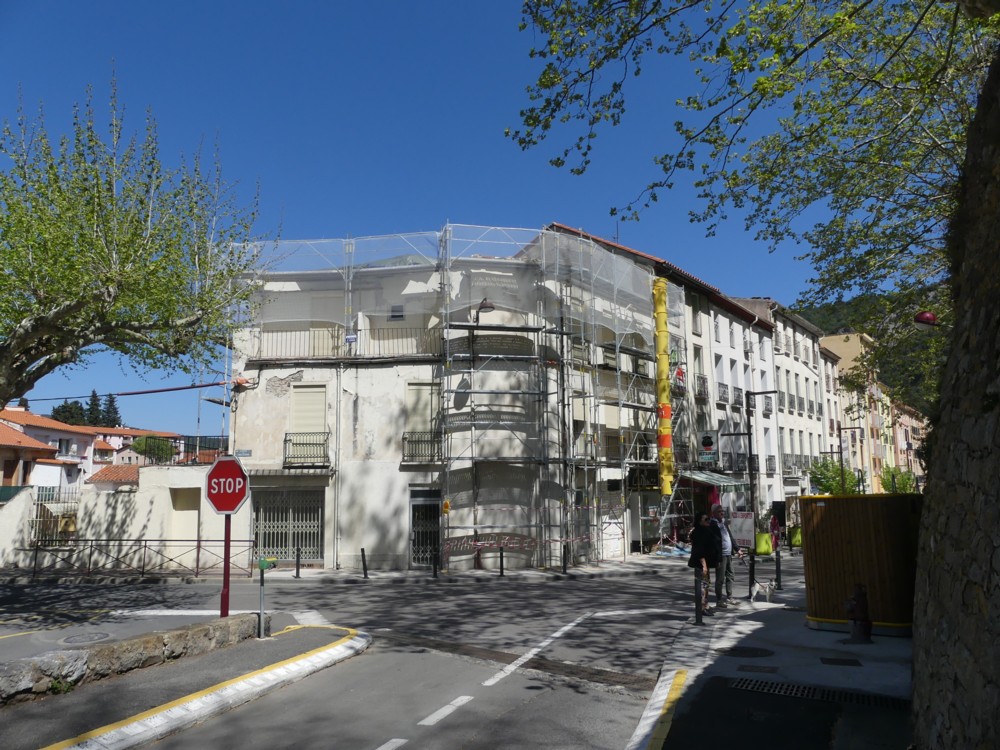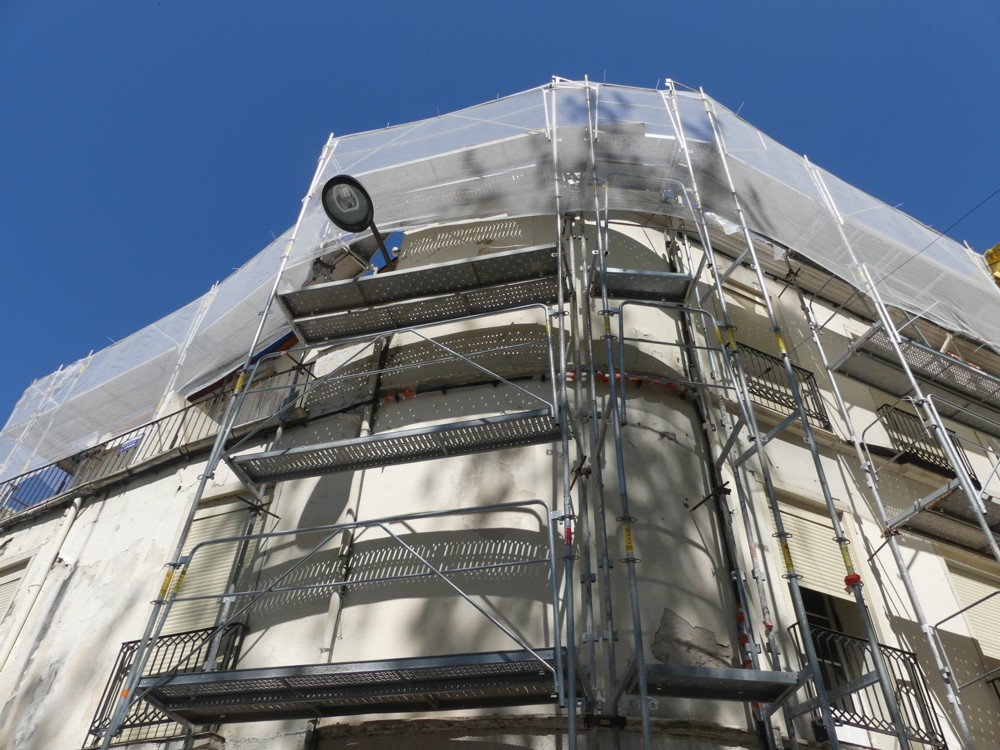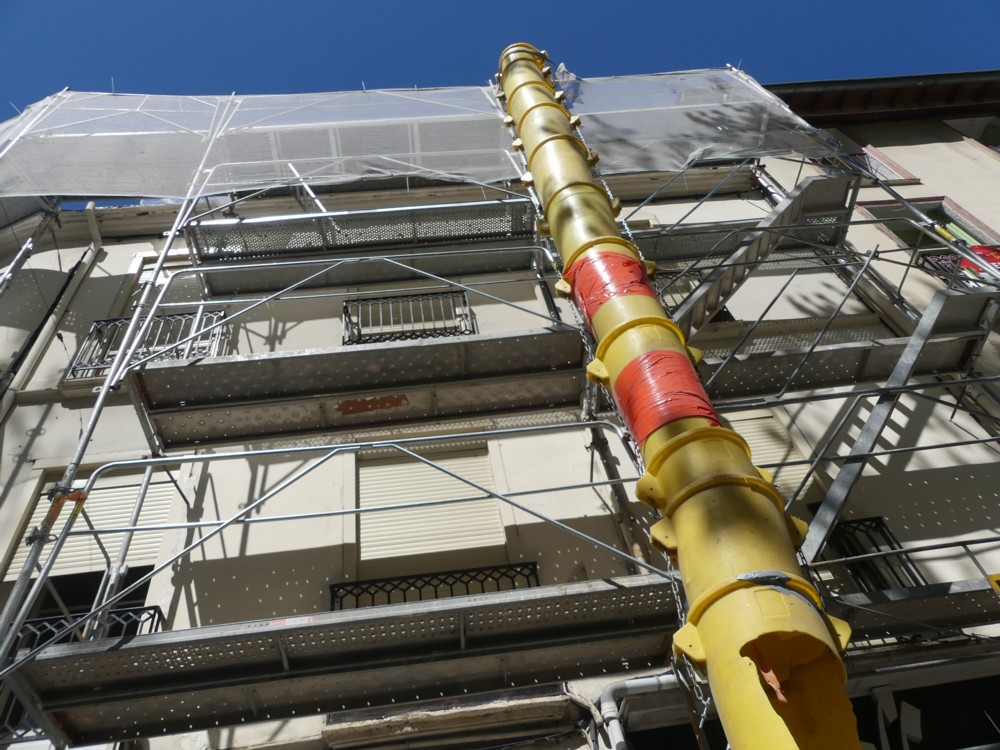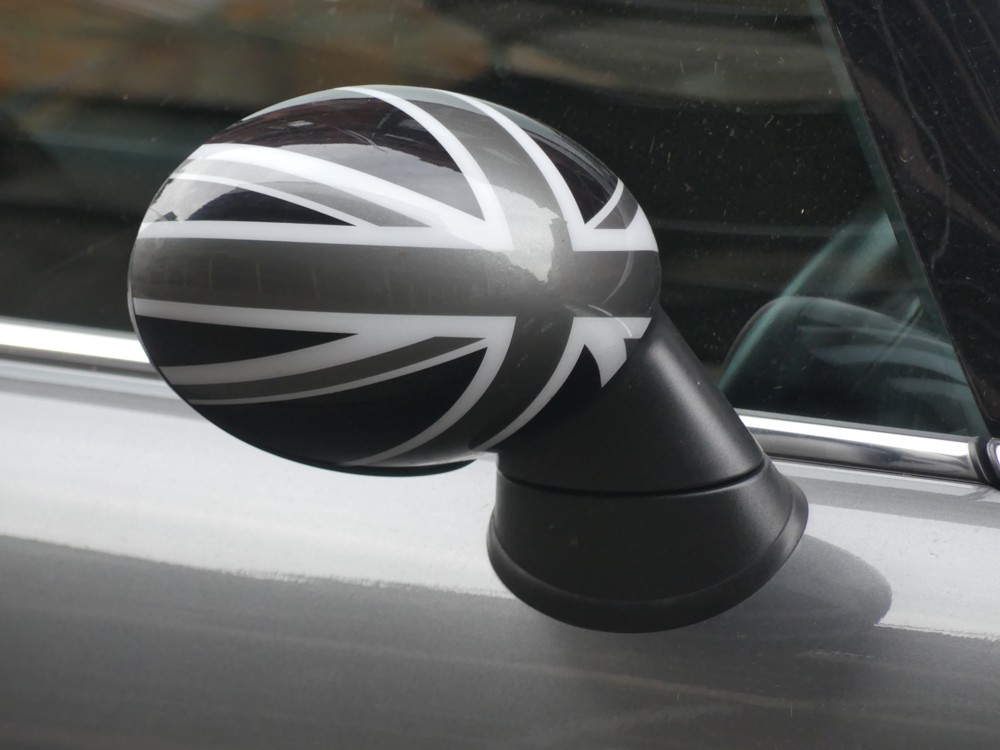This, from Tim Newman, concerning Trump’s threatened-but-then-not-done (or not yet done) retaliatory war against the Iranians, in response to them shooting down an American drone, strikes me as very sensible:
… Now one of the advantages of using unmanned drones is that shooting one down does not require the same response as if a pilot has been killed or captured. That’s the whole point of using them: while expensive, they are expendable to a much greater degree. …
My guess is that Trump is playing to the gallery, the gallery being the discontented people of Iran. He is trying to show, by cranking up the brinkmanship and thereby drawing attention to what he’s doing, that he is on their side, but that their own rulers, seemingly ready to provoke a war with the USA, don’t care about them. Will this work? Is that even the plan? What do I know?
Certainly, starting a war over the destruction of a mere piece of equipment seems to me very stupid, indeed wicked, and more to the point will seem stupid and wicked to many others besides me.
On a more peaceful note, here is a piece about robots as aerial transporters. Rapid progress is being made here, apparently.
Although, this piece is about robots carrying passengers.
It would seem to me that there is particular merit in using drones to transport mere stuff, as opposed to transporting people. With stuff, what’s the worst that could happen? It goes prang, and some stuff, and a drone, gets lost? Provided the transporting is not done too dangerously over built-up areas, few humans are likely to get hurt or killed. That book you ordered from Amazon will take a bit longer to materialise. Boo hoo.
With the passing of every year, destroying stuff matters that bit less, and killing people matters that bit more, and long may that trend continue. Which means that peaceful drones, transporting stuff which is as expendable as they are themselves, seems like a particularly good plan. Passengers? There’s a lot more to go wrong with them on board.
However, aerial robots seem a basically better idea, to begin with, than robot cars that drive along anything resembling regular roads. I get more and more sceptical about robot cars as each deadline for their mass deployment seems to come and go. True, if you lose power in the air, that’s a lot worse than losing power on the ground. But, the air, for now, unless you’re in a war, is a fundamentally more predictable environment than the ground, because the ground is already so very occupied, so full of people wandering about doing their own deeply unpredictable things, often using their own vehicles. The air, on the other hand, only contains admittedly rather undisciplined birds, but otherwise, mostly, much more disciplined and tightly controlled aircraft. Okay, a few small aircraft sometimes go where they aren’t wanted and that can complicate things. But there are, for the time being anyway, no gangs of drunken pedestrians in the sky.
But, like I say, what do I know?

